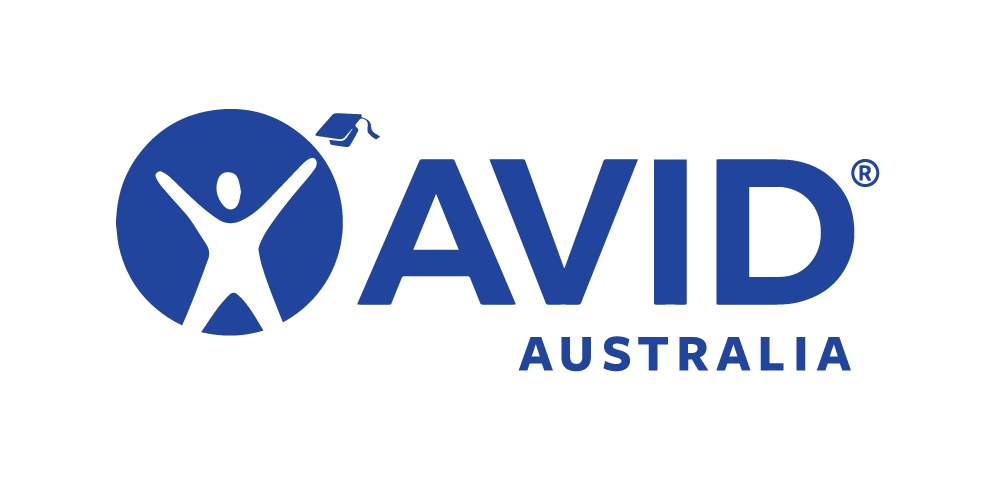The Mathematics Specialist is an ATAR course which provides opportunities, beyond those presented in the Mathematics Methods ATAR course, to develop rigorous mathematical arguments and proofs, and to use mathematical models more extensively. The Mathematics Specialist ATAR course contains topics in functions and calculus that build on and deepen the ideas presented in the Mathematics Methods ATAR course, as well as demonstrate their application in many areas. This course also extends understanding and knowledge of statistics and introduces the topics of vectors, complex numbers and matrices. The Mathematics Specialist ATAR course is the only ATAR mathematics course that should not be taken as a stand-alone course, students should be doing Mathematics Methods as well.
Also, as this is one of the harder ATAR courses there is a 10% bonus. Ten per cent of the final scaled score/s in Mathematics Methods and Mathematics Specialist will be added to the Tertiary Entrance Aggregate, from which the Australian Tertiary Admission Rank (ATAR) is derived. (This is how the current bonus for studies in Languages Other Than English (LOTE) is awarded.)
For Example: If a student gets 55.4% scaled score for Mathematics Specialist, then 5.5 will be added to their scores making their score for this subject 60.9%.
Prerequisites:
Minimum is C grade in Year 11 Mathematics Specialist.
Syllabus:
The Year 12 syllabus is divided into two units, each of one semester duration, which are typically delivered as a pair. The notional time for each unit is 55 class contact hours.
Unit 3
Unit 3 contains the three topics:
3.1 Complex Numbers
3.2 Functions and Sketching Graphs
3.3 Vectors in Three Dimensions
The Cartesian form of complex numbers was introduced in Unit 2, and in Unit 3, the study of complex numbers is extended to the polar form. The study of functions and techniques of calculus begun in the Mathematics Methods ATAR course is extended and utilised in the sketching of graphs and the solution of problems involving integration. The study of vectors begun in Unit 1, which focused on vectors in one- and two-dimensional space, is extended in Unit 3 to three-dimensional vectors, vector equations and vector calculus, with the latter building on students’ knowledge of calculus from the Mathematics Methods ATAR course. Cartesian and vector equations, together with equations of planes, enables students to solve geometric problems and to solve problems involving motion in three-dimensional space.
Unit 4
Unit 4 contains the three topics:
4.1 Integration and applications of integration
4.2 Rates of change and differential equations
4.3 Statistical inference
In this unit, the study of differentiation and integration of functions is continued, and the techniques developed from this and previous topics in calculus are applied to the area of simple differential equations, in particular in biology and kinematics. These topics serve to demonstrate the applicability of the mathematics learnt throughout this course. Also in this unit, all of the students’ previous experience in statistics is drawn together in the study of the distribution of sample means. This is a topic that demonstrates the utility and power of statistics.
Assessments:
Response: 40%.
Investigation: 20%.
Examination: 40%
More Information:
For further information regarding this course click here.












